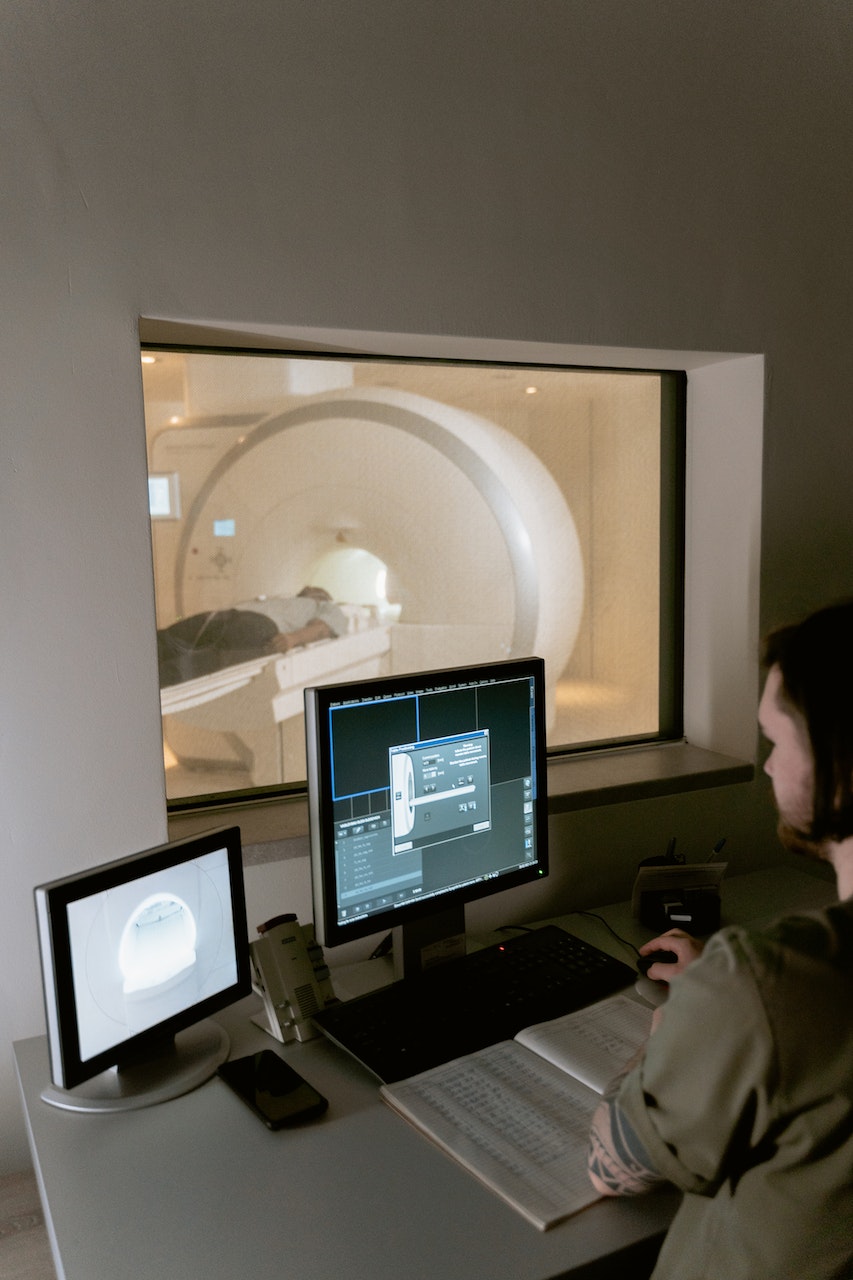 Every year, as Christmas draws nearer, my inner child is always awakened with the first fall of snow. Let’s be honest; our country has never been renowned for its white Christmases. Having said this, over recent years Mother Nature has attempted to give us some snowy cheer, and whilst we all love a bit of snow, the harsh reality is that claims for personal injury that are caused directly by snow go on the rise.
Every year, as Christmas draws nearer, my inner child is always awakened with the first fall of snow. Let’s be honest; our country has never been renowned for its white Christmases. Having said this, over recent years Mother Nature has attempted to give us some snowy cheer, and whilst we all love a bit of snow, the harsh reality is that claims for personal injury that are caused directly by snow go on the rise.
In a working environment, it is important to realise that employers are under a legal obligation to provide working conditions which are safe and free form reasonable danger for their employees. Keeping this in mind when thinking of snow, ice, and harsh wintry conditions, from a legal perspective, you have to take in to account employees wading through the snow and bringing water in to the workplace from the soles of their footwear.
Now, your employer has the duty of care to ensure that all walkways are safe and free of hazards; something that needs to be reviewed even more closely during harsh weather conditions. They must ensure that all floors are kept suitable to walk on- cornering off any unsuitable areas with warning signs and deterrents, or perhaps ensue to dry and water or moisture from the floor as quickly as possible. In light of this, if you have had an accident at work as a result of poor weather conditions or otherwise, and you believe that your employer failed to provide adequate warning or deterrent to prevent your accident, there is a high possibility that you may be able to claim for compensation.
Read More

 Given that work takes up such a huge amount of our lives nowadays, we expect to be safe when working; i.e. not running in to any hazards whilst we get on with our jobs. Health and Safety in the workplace is of paramount importance, and employers must adhere to loads of rules and regulations to make sure employees do not come to harm whilst in the workplace.
Given that work takes up such a huge amount of our lives nowadays, we expect to be safe when working; i.e. not running in to any hazards whilst we get on with our jobs. Health and Safety in the workplace is of paramount importance, and employers must adhere to loads of rules and regulations to make sure employees do not come to harm whilst in the workplace. If you ever injure yourself in the workplace, its good practice to report it to a superior as soon after the accident as possible; permitting you don’t need urgent medical attention or anything. No matter how big or small the injury is, you would be wise to notify someone and get it properly recorded to make sure there is a solid record of exactly what happened.
If you ever injure yourself in the workplace, its good practice to report it to a superior as soon after the accident as possible; permitting you don’t need urgent medical attention or anything. No matter how big or small the injury is, you would be wise to notify someone and get it properly recorded to make sure there is a solid record of exactly what happened. Manual handling injuries can be devastating; the back is, after all, one of the most important parts of our bodies. Injuring your back can range from discomfort to immobility. Its important that we look after our backs, so its important that we lift in the right way to make sure that we never end up injuring ourselves in the line of duty for our employers.
Manual handling injuries can be devastating; the back is, after all, one of the most important parts of our bodies. Injuring your back can range from discomfort to immobility. Its important that we look after our backs, so its important that we lift in the right way to make sure that we never end up injuring ourselves in the line of duty for our employers. Depending on your choice of profession, you may find yourself exposed to all sorts of weird, wonderful, and potentially dangerous equipment that is necessary for you to use to carry out your job. If you’re mainly office based like me, the only equipment I use other than my computer is a phone, a pen, and a stapler now and then! So there isn’t much danger in it for me – although if you are computer based, make sure you’ve done your Display Screen Equipment tests…
Depending on your choice of profession, you may find yourself exposed to all sorts of weird, wonderful, and potentially dangerous equipment that is necessary for you to use to carry out your job. If you’re mainly office based like me, the only equipment I use other than my computer is a phone, a pen, and a stapler now and then! So there isn’t much danger in it for me – although if you are computer based, make sure you’ve done your Display Screen Equipment tests… We are
We are  If you ever find yourself injured in an accident as a consequence of someone’s negligence, leaving you distressed and at harm either from a physical or psychological injury, it is only justifiable to ensure that you are well compensated as a result of this injury for your pain suffering, and loss of amenity.
If you ever find yourself injured in an accident as a consequence of someone’s negligence, leaving you distressed and at harm either from a physical or psychological injury, it is only justifiable to ensure that you are well compensated as a result of this injury for your pain suffering, and loss of amenity. It is no exaggeration when I tell you that injuries caused by the incorrect lifting of objects, whether it be in the course of your employment or indeed otherwise, are some of the most common and worryingly easy to get.
It is no exaggeration when I tell you that injuries caused by the incorrect lifting of objects, whether it be in the course of your employment or indeed otherwise, are some of the most common and worryingly easy to get.  Every year, as Christmas draws nearer, my inner child is always awakened with the first fall of snow. Let’s be honest; our country has never been renowned for its white Christmases. Having said this, over recent years Mother Nature has attempted to give us some snowy cheer, and whilst we all love a bit of snow, the harsh reality is that claims for
Every year, as Christmas draws nearer, my inner child is always awakened with the first fall of snow. Let’s be honest; our country has never been renowned for its white Christmases. Having said this, over recent years Mother Nature has attempted to give us some snowy cheer, and whilst we all love a bit of snow, the harsh reality is that claims for  Have you tripped over at work, and ended up injured as a result? If you have, you may have a successful
Have you tripped over at work, and ended up injured as a result? If you have, you may have a successful  I’m only in my mid-twenties, yet I have started making that struggling groaning sound whenever I bend my back or get up from a seat! It’s probably more to do with the
I’m only in my mid-twenties, yet I have started making that struggling groaning sound whenever I bend my back or get up from a seat! It’s probably more to do with the 









